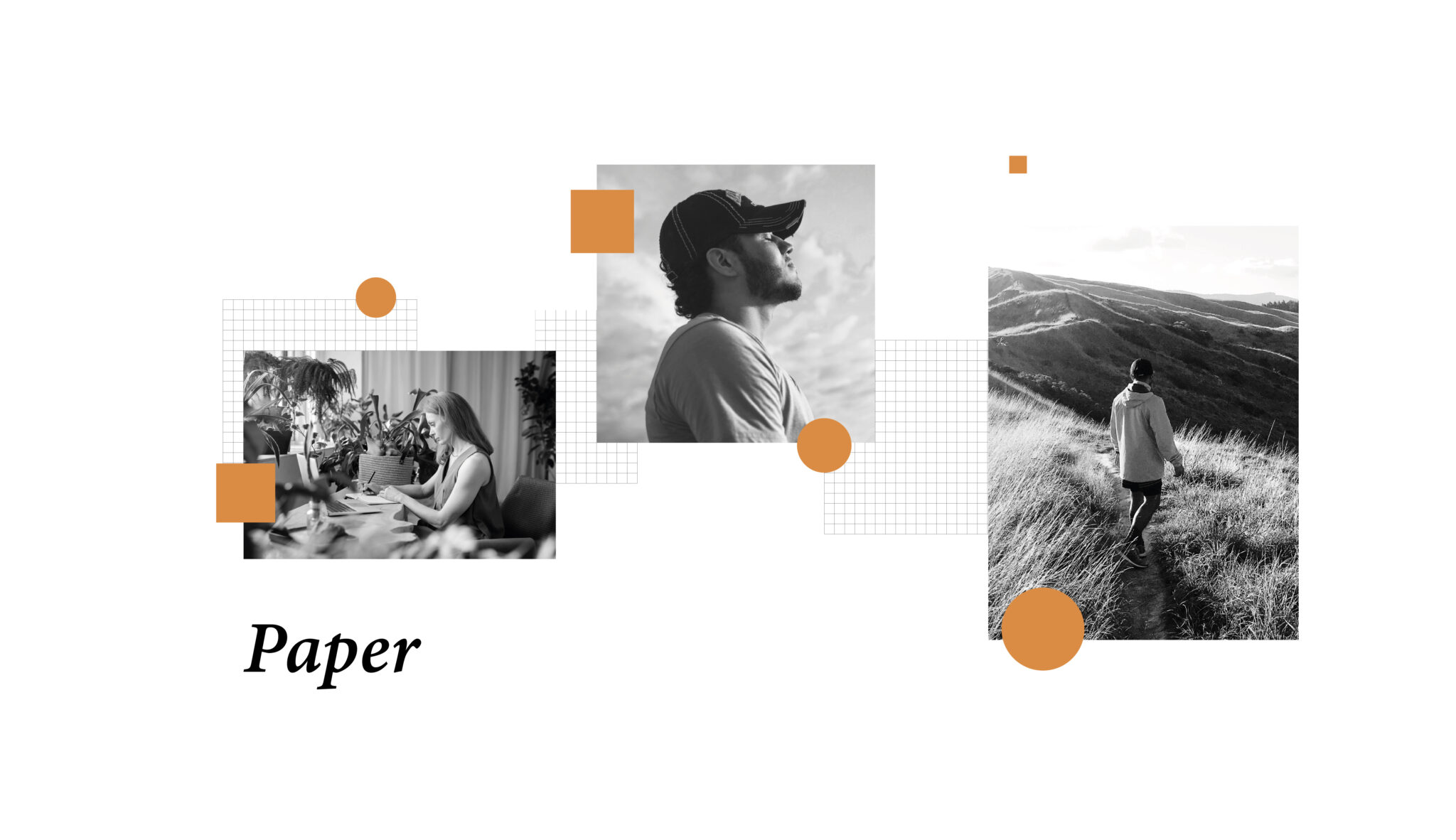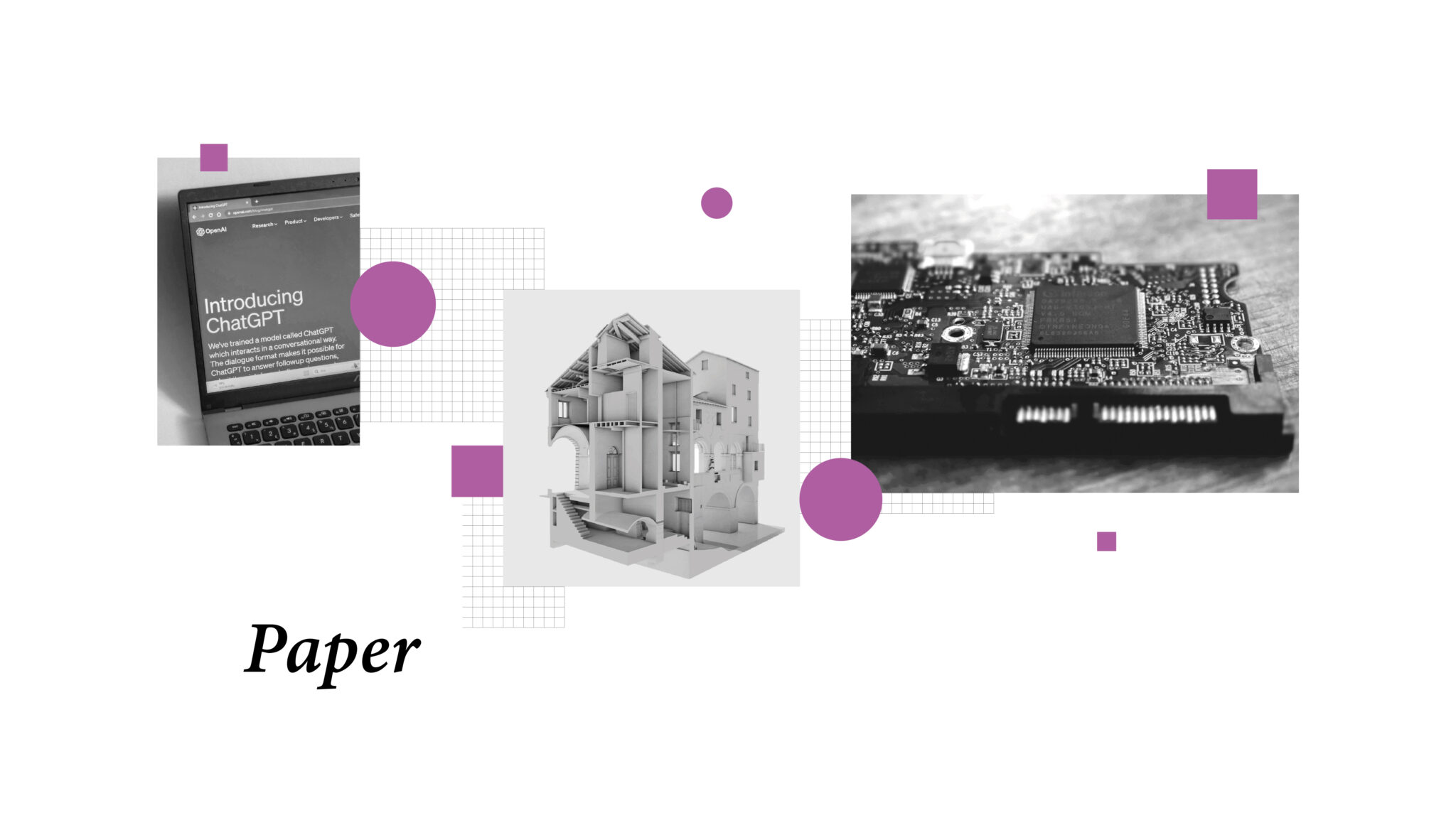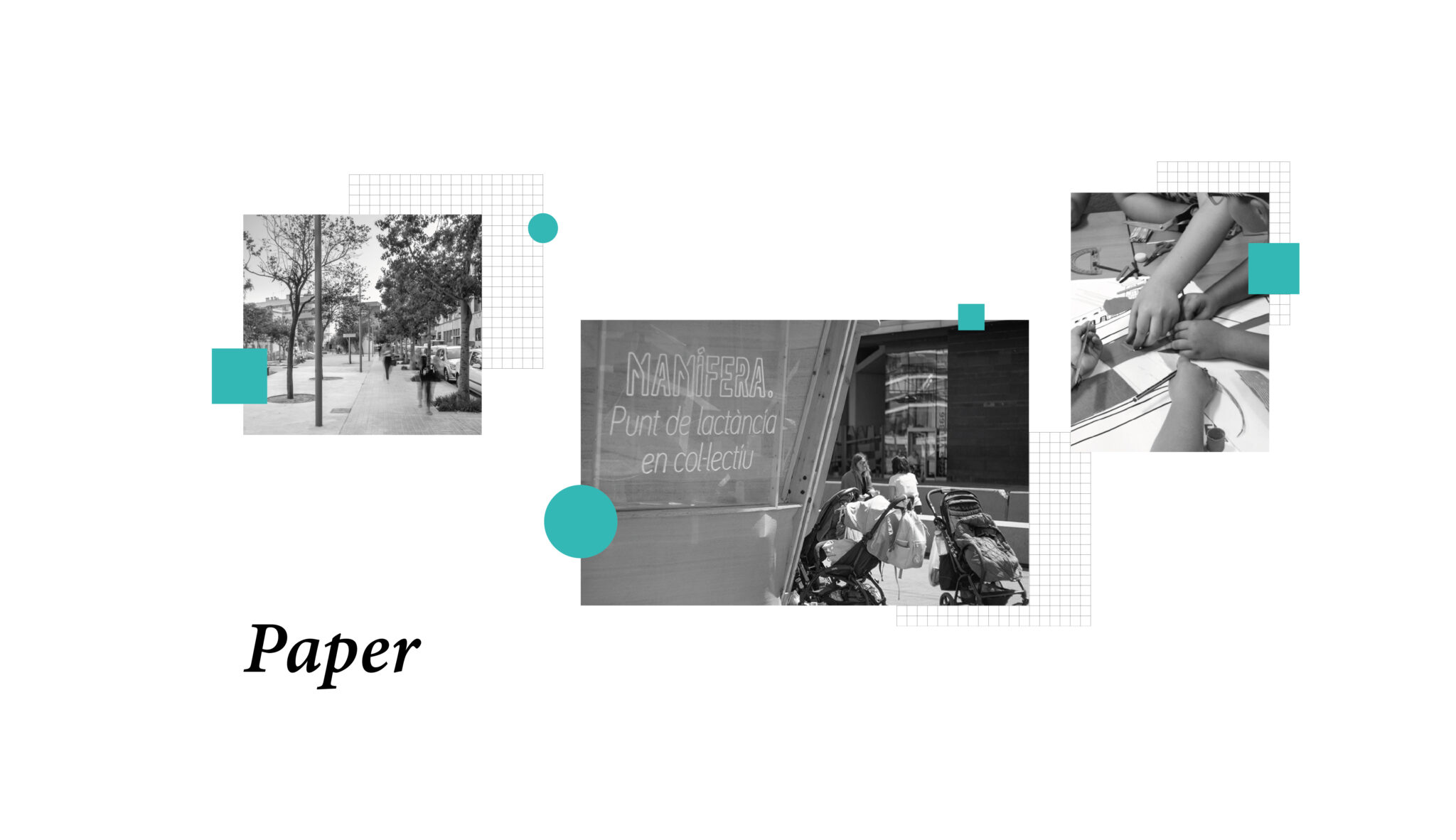
Environmental and architectural psychology: designing regenerative spaces
ODUElab · 24 July 2023
Environmental and architectural psychology is a branch of applied psychology that examines the interaction between individuals and the natural or built environment. Interest in the individual–environment relationship is bidirectional, as the discipline seeks both to study how human beings influence the environment through their behaviours – in order to understand how to encourage certain behaviours (such as environmental protection) or discourage others (such as littering) – and how the environment, in turn, influences human beings.
In recent years, a topic of particular significance for design studios has been how the environment influences human beings, generating emotions, perceptions, behaviours and experiences according to the context in which they are situated. The need to design spaces that are not only healthy but also conducive to well-being for those who inhabit them has led DVArea to adopt this vision and, through ODUElab, to begin integrating research from the field of environmental psychology into its design activities, thereby gaining an understanding of how people perceive spaces on an emotional, cognitive and behavioural level. Understanding the relationship between the environment and the human psyche is, in fact, fundamental to designing spaces that enhance well-being.
Well-being and new living spaces
The environments in which we live—referring to the context in which we are immersed—can, according to environmental psychology, either be a source of stress (due to noise, pollution, overcrowding, and so on), potentially harming the well-being and cognitive resources of the individual, or they can be restorative and relaxing spaces that support the recovery of our physical and psychological resources.
The first type of environment, the detrimental one, is characterised by certain types of environmental stressors. Environmental stressors are stimuli that require those exposed to them to use a greater amount of cognitive resources to cope. This leads to significant mental fatigue, caused by the discrepancy between the demands of the context and one’s own physiological, psychological, and social resources. Typical examples of environmental stressors include:
• Crowding and urban stress: crowding contributes to agitation and aggressive behaviour. In the city, there is more crowding as well as pollution, noise, and crime;
• Noise, the most frequently reported environmental stressor, is particularly challenging due to its uncontrollability by individuals, often due to its volume and unpredictability;
• Weather conditions, which refer not only to natural disasters—undoubtedly also a source of stress—but also to everyday factors such as the summer heat, which increases aggressiveness, or the cold in offices, which does not promote workers’ well-being and distracts from their tasks.
The first step in designing new living spaces is therefore to minimise the presence of environmental stressors as much as possible.
By contrast, the second type of environment—that which enhances the well-being of those within it—is a principal focus of intervention in environmental and architectural psychology, to which ODUElab contributes within the architectural sector. The role of environmental psychology is to identify the characteristics that make an environment regenerative, so that it can be modified to support the cognitive and psychological well-being of the individual. Environments with these characteristics are places that enable people to be in good spirits, to experience positive changes in physiological activity, and to improve their cognitive and behavioural functioning. The aim of DVArea, through ODUElab, is to harness the regenerative potential of an environment to enhance the perceived well-being of those living in it.
Restorative design
Closely linked to the concept of a regenerative environment is that of restorativeness: a term denoting the positive effects that a certain type of environment can have on individuals’ psychological well-being. Thus, it not only generates positive emotions, but also actively contributes to both physical and psychological well-being. There are numerous characteristics that can make a place restorative or regenerative, allowing individuals to replenish the cognitive resources they expend in their daily lives. Environments that possess these characteristics, and thus contribute to the renewal of depleted resources, are properly referred to as restorative environments.
For a place to be considered regenerative and to actively contribute to our well-being, it must satisfy three main criteria:
• it must cater to the individual’s aesthetic needs;
• it must avoid cognitive overload and excessive physiological stimulation;
• it must support the regeneration of attention and recovery from psychophysical stress.
When we design an environment with these characteristics in mind, we are designing according to the principles of restorative design. An environment can be regenerative in many cases, whether in entirely built settings or in natural ones.
Regenerative design can reduce stress, enhance individuals’ cognitive functions and creativity, and improve overall well-being. Drawing on the latest scientific evidence in the field of environmental psychology, ODUElab is able to apply these findings in practice and contribute to the creation of spaces guided by the principles of regenerative design.
Camilla Marossi: Environmental Psychologist, ODUElab

Looking for more engaging content?
Subscribe to the DVArea Newsletter to stay informed about our latest updates in architecture, construction, digitalisation, and integrated sustainability.







